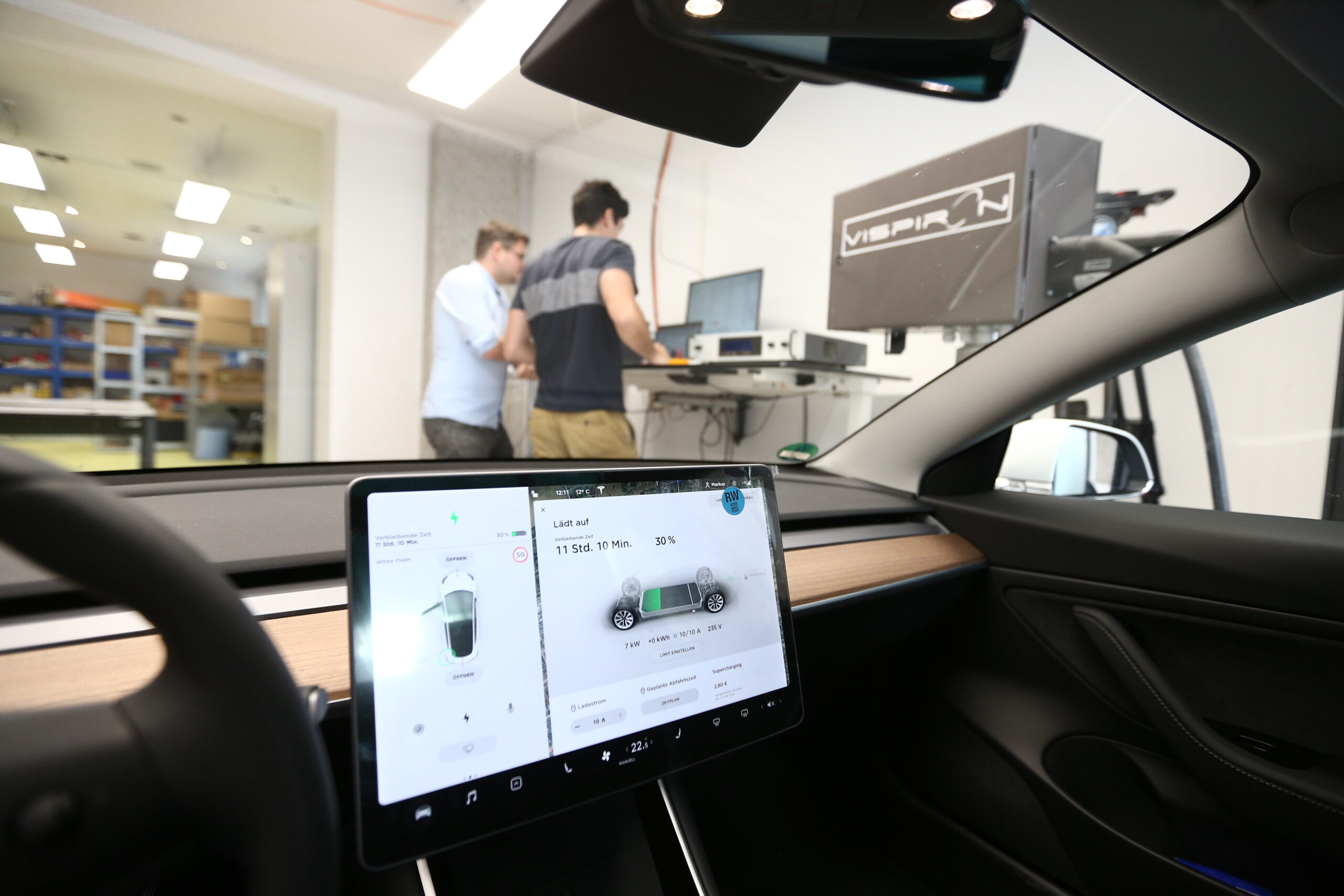Capitalize on automotive transformation with MBSE

The world of automotive development has been on a trajectory of electrification for years. While that does include electric drivetrains, it is not the only area of change within the industry and it is arguably only the most recent focus. Electrification also encompasses the transition away from purely mechanical control systems and the growing inclusion of software features in today’s vehicles. All of the pathways of electrification are making the development process more complex, however. Business are tasked with creating new supply chains to develop electronics- and software-first features, they are relying more and more on an evolving mixture of engineering disciplines, and OEMs are completely changing their business structures t handle the changing demands of customers and the encroachment of technology companies into the industry. To talk about these trends in the automotive industry and discuss the reliance on systems engineering, my co-host Tim Kinman and I brought together a set of voices from automotive.
For episode eight of our series Model Based Matters, we were joined by Nand Kochhar the VP of Automotive and Transportation at Siemens Software, Matt Bromley the VP of Strategy and Technology at Mentor, and Doug Burcicki the Senior Director of Integrated Electrical Systems for Automotive and Heavy Industries at Siemens Software. For all the details, the full episode can be found here, otherwise stick around for a short summary of the important take aways from this great conversation.
Changing business
Kicking off the discussion, I asked Nand and our guest to talk a little bit about what is happening within the automotive and transportation industry. And as discussed in the intro, electrification is playing a major role in the transformation of a massive, global industry, but there are some other non-technology changes that are impacting the traditional business models of car manufacturers. At least in urban areas, people are purchasing fewer vehicles and it is exacerbated in younger demographics. This market shift is forcing many businesses to reevaluate how to sell a car and many are looking to the heavy industry sector for the answer, with selling an experience rather than a product. Similar to a leasing structure, customers would instead create a contract with the business for access to so many hours or miles of driving with some set of features available to them during their rides. This takes a cue from heavy industry where few machines are sold to a customer, rather they are quoted a capacity per time period – for an earth mover is might be cubic yards of earth moved per month.
This new cost structure has massive implications of businesses build around a make-sell-repeat model and is why model-based systems engineering (MBSE) will be so critical for the complex business cases on top of the complex products underpinning the system. You need to understand the trips capabilities your customers require. What features need to be included where? If one vehicle encounters heavy wear or an unexpected condition, that information needs to be available to the business to create a better service for the customer. This may also has massive sustainability implications as well, in the form of improved repairability. OEMs selling transportation experiences will be incentivized to repair and upgrade existing vehicles to save on costs, which in-turn reduces waste and carbon costs associated with new manufacturing.
Changing technology
Coming back to electrification technologies, it was fantastic having Matt join us again for his perspective on the world of electronics. Though electric drivetrains and electronic-based features in a vehicle rely on electricity to function, they are entirely different domains when it comes to development. The extremely high voltages and currents a battery and and motor system rely on are virtually incompatible with the low voltage systems operating the vehicle controls and entertainment systems. This divergence is why an MBSE approach to development is critical, once you leave your realm of experience much of the nuance required in engineering processes is lost. A mechanical engineer may not think much about electrical systems in detail, just like an electrical engineer may only think of software in the abstract as a set of controlled stimuli.
A successful development project relies on a proper system architecture, mapping out who will own certain systems in these increasingly complex products. It defines the process for communicating between the groups to prevent assumptions from impacting the project’s success. And a truly great system architecture enables business to tweak their products to best fit the market needs. Today that is electrification, but as the technology progresses and public acceptance shifts it may encompass further strides in autonomy.
These were only two of the topics we discussed in episode eight of Model Based Matters, and we continue the conversation of the automotive industries future with model-based systems engineering in episode nine as well. I’d highly recommend listening to both episodes to get a better understanding, but if you prefer to read episode eight’s transcript is available with episode nine to follow shortly. And if you want to continue your journey learning about the future of model-based systems engineering you may also want to check out our landing page on the topic.
Siemens Digital Industries Software is driving transformation to enable a digital enterprise where engineering, manufacturing and electronics design meet tomorrow. Xcelerator, the comprehensive and integrated portfolio of software and services from Siemens Digital Industries Software, helps companies of all sizes create and leverage a comprehensive digital twin that provides organizations with new insights, opportunities and levels of automation to drive innovation.
For more information on Siemens Digital Industries Software products and services, visit siemens.com/software or follow us on LinkedIn, Twitter, Facebook and Instagram.
Siemens Digital Industries Software – Where today meets tomorrow


